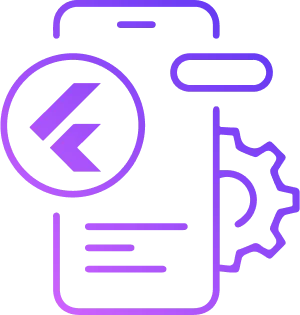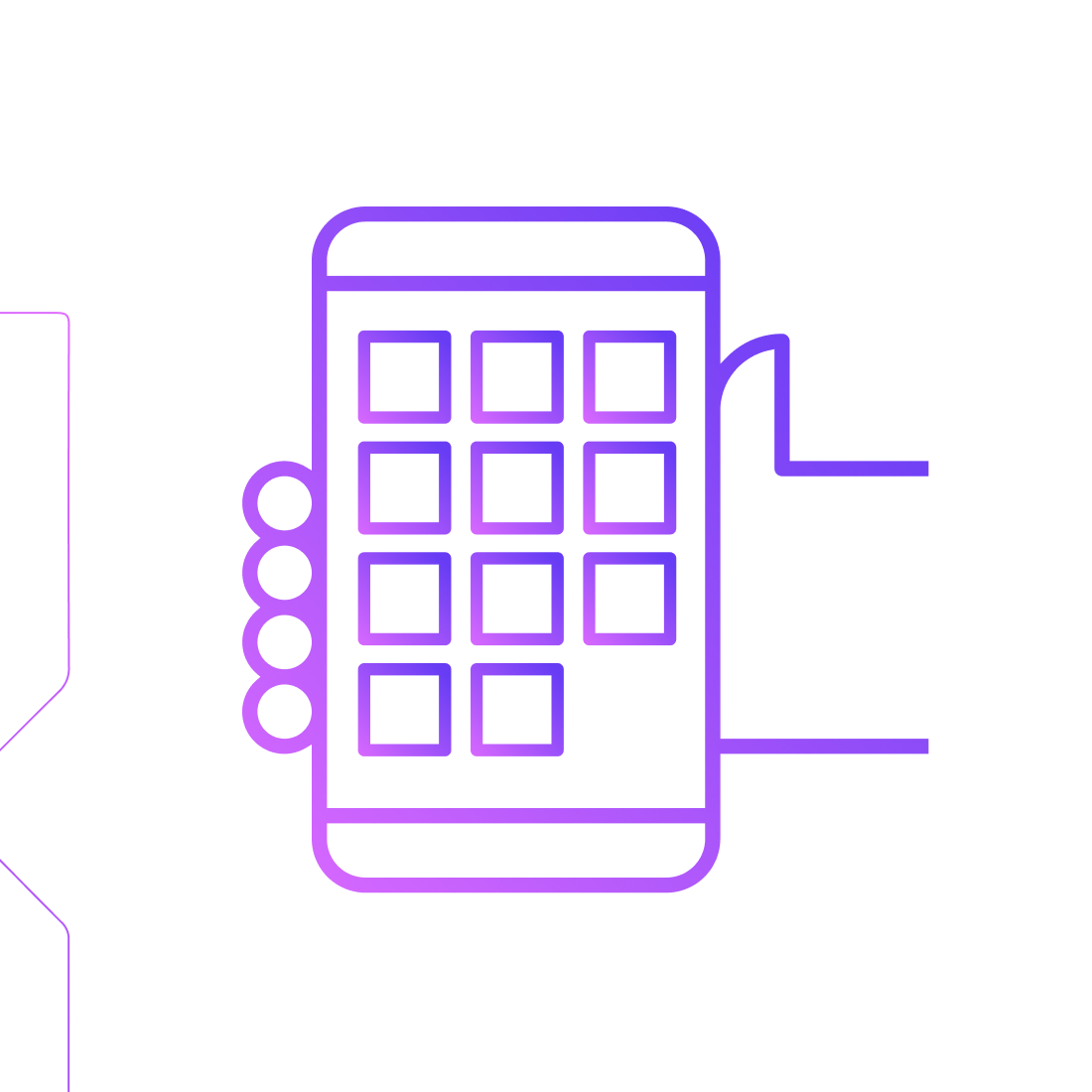

Flutter: In Demand Mobile App Development Framework

Flutter was first released by Google in 2015 as ‘Sky.’ During that time, this next gen mobile framework had the ability to run on the Android operating system and render continuously at 120 frames per second. Surprisingly, in less than 4 years, it has emerged as the most preferred cross-platform technology for mobile operating systems.
It is astonishing how frequently this technology is being used for mobile application designing. Alibaba is the greatest, most common example of this.
Essentially, Flutter Technology is a software development kit which enables the development of single code-based mobile applications that have the ability to run on both iOS and Android. The difference made by this technology is through its high fidelity and performance, which includes, varied typography, scrolling behavior, icon, etc. The major objective behind using this technology is to develop high-performance applications that have a natural look in different operating systems.
Here are some notable benefits of Flutter Framework:
- Due to language expressiveness and declarative approach, you can achieve more in less code.
- Prototypes and related iterations are easier as it is simpler to change the code and reload the app.
- You can utilize Cupertino widgets and customize designs without OEM widget limitations.
This article will discuss the principle, benefits, and uniqueness of the Flutter Framework.
Flutter: Principle
Flutter web includes various components that together help in designing, development, and debugging of applications.
Widgets
Widgets are the core elements of Flutter Framework as it helps in the immutable declaration of user interface sections. These are utilized to define style, structure, and layout elements of the design. The structure formed using widgets is a hierarchy composition, where every widget inherits features of its parent widget.
Widgets are easily defined through the ‘build’ function, which returns to widget trees that concretely represent user interface.
Take the toolbar widget, for example. The ‘build’ function here would be to return text and buttons through a horizontal layout. The framework builds every such widget till the bottom and then stitches each widget to create a tree.
User Integration
In your application, if you require your widget characteristics to change according to some factors or user interaction, this type of widget is termed as ‘stateful.’
For example, if you have created a counter inside the widget, which increments on user taps, the value corresponding to this counter is the widget state. Whenever this value is modified, the widget is changed and rebuilt so that UI can be updated.
Exploring the Benefits and Drawbacks of Flutter
| Pros | Cons |
| Ability to create dynamic code in a faster manner. The ‘Hot Reload’allows developers to modify the code and observe it in the app in milliseconds. | While Flutter libraries and support center is impressive, it is not as good when compared to native development. As Flutter is new, you won’t be able to find every functionality in the library. |
| Ability to create a single code base for both iOSand Android operating systems. Since Flutterhas its own designs and widgets, one code can work on two OS. However, if you want, the code can also be separated. | Due to lack of acceptance by continuous integration platforms, such as Jenkins and Travis, automatic testing and development, require custom scripts. |
| As the code base is the same for different platforms, the testing efforts are also reduced. The quality assurance can be achieved in lesser time and efforts. | Flutter Framework doesn’t support web app development. |
| The Flutter framework develops faster applications that don’t hang while scrolling. | |
The app built with Flutter works on older versions as well.
|
|
| Flutter is suitable for creating a minimum viable product (MVP) due to its faster development and cost-effective execution. |
React Native or Flutter?
| Flutter | React Native |
| Flutter offers code overwriting, which means re-usability of code is easier. Hence, it takes less time. | React Native also offers code re-usability, but it is restricted to basic elements. Hence, it takes more time. |
| Contains multiple third-party packages for hassle-free integration. | Contains more third-party packages than Flutter, which helps in making applications with high usability. |
| Since it is new, it has multiple online tutorials and community support. | Due to its years of effective execution, React Native naturally has a wider outreach and community support. |
Conclusion
Although Flutter does lack some essential features in comparison to React Native, Google is constantly working to improve this framework. Hence, great potential lies in the future releases of Flutter that would offer high-performance and time-efficient development.
At x-enabler, we are currently helping our customers prepare for the change by enabling their solution to be available on all devices including wearable, smart home solutions and new age IoT devices using latest technologies. Together, we are using technology as a driving force to achieve a better, broader solution that can improve usefulness of current products tenfold.
Interested in Flutter Mobile Apps development? Contact us!



Leave a comment!